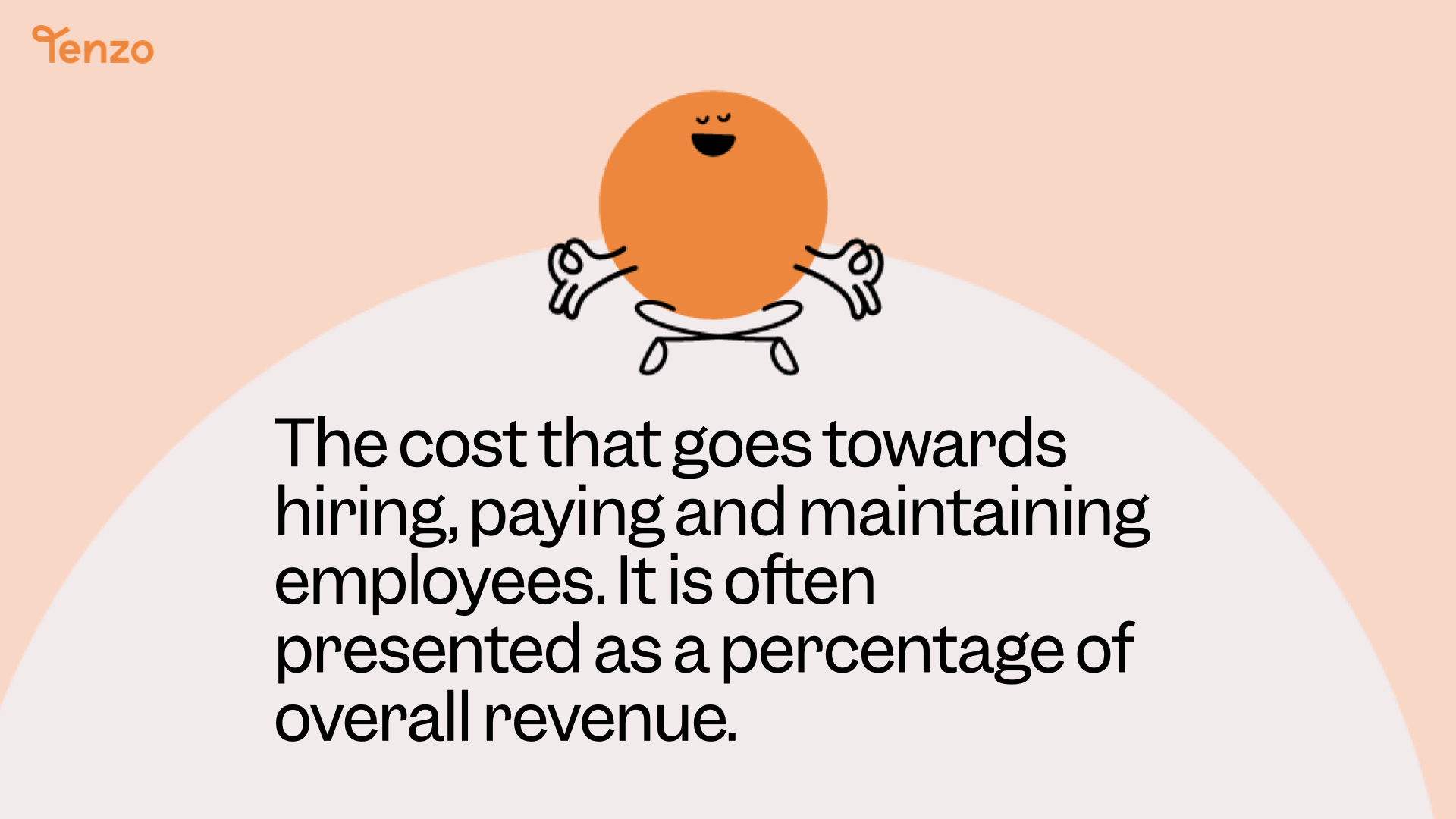To stay profitable in the competitive restaurant industry, it is crucial to keep a close eye on expenses and find ways to cut costs and remain within tight margins.
In this article, we will discuss one of the biggest expenses for restaurants – the cost of labour – and explore how it impacts restaurant’s bottom line.
What Is the Cost of Labour?
The cost of labour in the restaurant industry refers to the expenses incurred by a restaurant in employing and compensating its staff. This includes wages, salaries, benefits, and payroll taxes. The cost of labour is a significant expense for restaurants, as it typically accounts for a large portion of their operating costs. Cost of labour is normally equivalent to 30% of a restaurant’s revenue, but this can vary based on the type of restaurant.
Restaurants rely heavily on their staff to provide quality service and prepare meals for customers. As a result, labour costs are a necessary investment for restaurants to ensure the smooth operation of their business. However, managing and controlling labour costs is crucial for restaurants to remain profitable and competitive in the industry.
Calculating Cost of Labour
There are different methods for calculating labour costs in the restaurant industry. One common approach is to calculate the total payroll expenses, which includes wages, salaries, and benefits paid to employees. This method provides an overall picture of the labor costs incurred by the restaurant.
Another method is to calculate the cost per labour hour. This involves dividing the total labor costs by the number of labor hours worked. This method allows restaurants to analyse labour costs in relation to their operational hours and productivity.
Calculating the cost of labor in terms of performance is also important. This involves measuring the productivity and efficiency of employees and comparing it to the labor costs incurred. By analysing the relationship between labour costs and performance, restaurants can identify areas for improvement and optimize their labour expenses. To do this, restaurants calculate their cost of labour as a percentage of sales;
= (Total fully loaded labour costs ÷ total net sales) × 100.
Sometimes also referred to as Labour percentage, is the amount of your total sales within a given period of time that you are spending on your workforce.
How to Improve Cost of Labour
Cost of labour can be a huge expense for restaurants, to improve margins restaurants can implement strategies to reduce their cost of labour, without compromising quality or service.
Implementing technology solutions can also help to improve labour costs. For example, using automated systems for scheduling, time tracking, and payroll can streamline processes and reduce administrative labor. This not only saves time but also reduces the likelihood of errors and ensures accurate labor cost calculations.
To optimise scheduling and staffing levels further, restaurants can accurately forecast customer demand and adjust staffing accordingly, helping to avoid overstaffing during slow periods and understaffing during peak hours. This helps to minimise labour costs while ensuring adequate coverage.
Training and cross-training employees can also contribute to cost savings. Well-trained staff are more efficient and productive, reducing the need for additional labor. Cross-training employees in different roles allows for flexibility in staffing and can help to fill gaps during busy periods without the need for hiring additional staff.
By carefully managing and optimising their labour costs, restaurants can achieve a balance between providing quality service and controlling expenses, ultimately contributing to their overall profitability and success.
Conclusion
In conclusion, understanding and managing the cost of labour is crucial for restaurants. It allows you to accurately calculate expenses and make informed decisions. By optimising labor costs, you can improve profitability and ensure the long-term success of your business.
To achieve this, it is important to regularly analyse and adjust staffing levels, implement efficient scheduling practices, and invest in training and development programs. By taking these steps, you can effectively manage your cost of labor and create a more profitable and sustainable restaurant operation.




